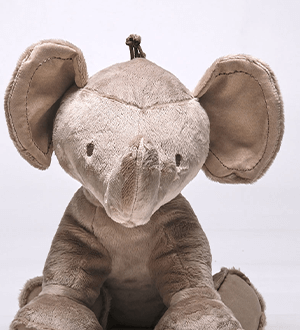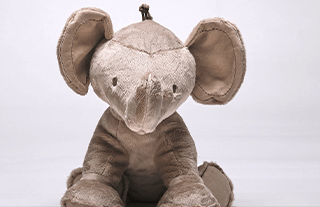Abstract
Background: Children with cancer experience impaired cardiorespiratory fitness and physical function during and after treatment restricting their possibilities to engage in social activities including sport, leisure activities, and school.
The objectives were to determine the effects of classmate-supported, controlled, supervised, in-hospital, physical activity program to preserve cardiorespiratory fitness and physical function from time of diagnosis in children with cancer.
Methods: National non-randomized controlled trial including schoolchildren aged 6-18 years at diagnosis treated with chemo-/radiotherapy.
We included 120 of 128 eligible patients (94%) in the intervention group (62.5% boys, 11.2 ± 3.1 years) from East Denmark and 58 patients in the control group (57% boys, 11.0 ± 3.2 years) from West Denmark. Eight children from the control group withdrew from participation. The groups were comparable in anthropometrics and cancer diagnoses (p > 0.05). The intervention consisted of (i) supervised in-hospital physical activity from diagnosis and throughout intensive treatment, (ii) 90-min general educational session on cancer and therapy in the child’s school class, and (iii) selection of two classmates as ambassadors who took turns to support the child’s physical training during the daytime. The primary outcome was cardiorespiratory fitness (VO 2 peak, mL/ min/kg) at 6 months after diagnosis (sex, age, diagnosis adjusted).
Secondary outcomes were sit-to-stand, timed-up- and-go, handgrip strength, and balance test scores.
Results: Ambassadors were identified for all, and 2542 individual and 621 group training sessions were held. VO 2peak deteriorated over time in the control group (− 0.17 [95% CI − 0.32 to − 0.02] per week, p = 0.02), but not in the intervention group (p = 0.14). At 6 months from diagnosis, VO 2peak was higher in the intervention group
(29.6 ± 5.6 mL/kg/min) than in the control group (22.1 ± 5.6 mL/kg/min) (p = 0.01), and the intervention group had a better physical function at 3 and 6 months (p < 0.0001).
Conclusions: Peer-supported, supervised, in-hospital, physical activity is safe and feasible in children with cancer during treatment. Further, the results suggest that the intervention might mitigate impairments in cardiorespiratory fitness during treatment in children with cancer.
Trial registration: The study was prospectively registered on the 11 January 2013.
Clinicaltrial.gov NCT01772849 and NCT01772862.
Keywords: Childhood cancer, Exercise, Cardiorespiratory fitness

